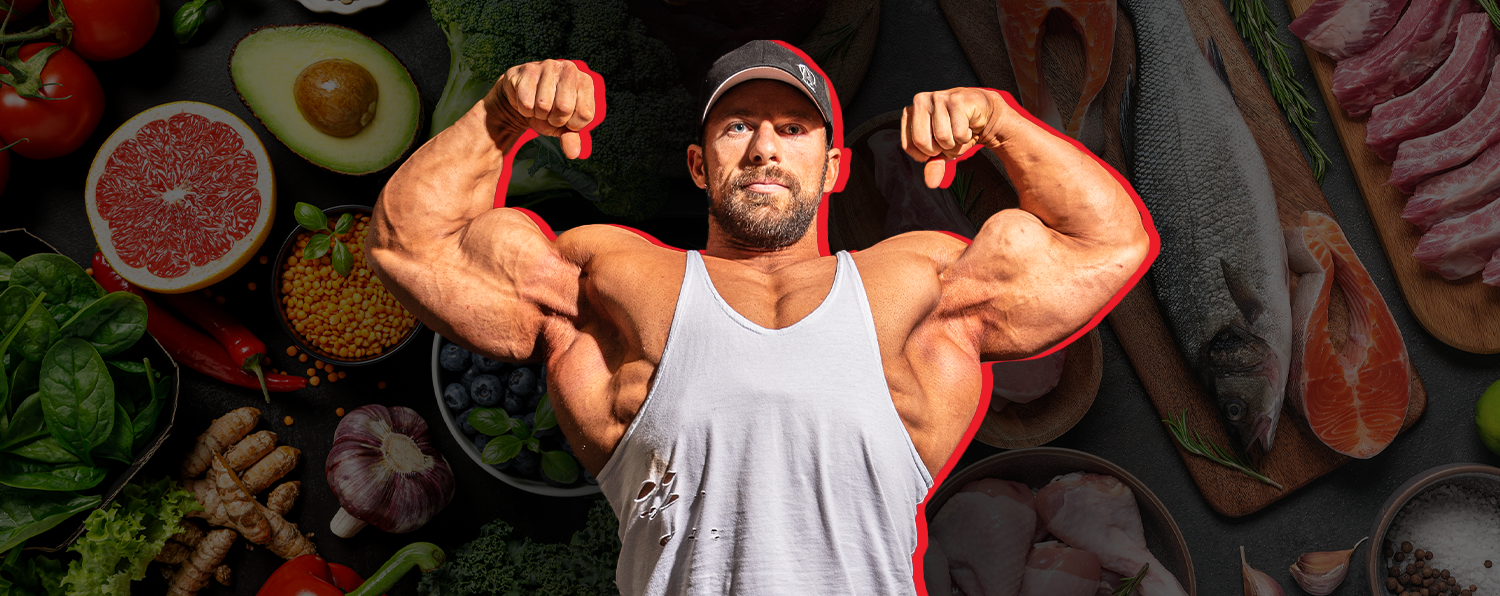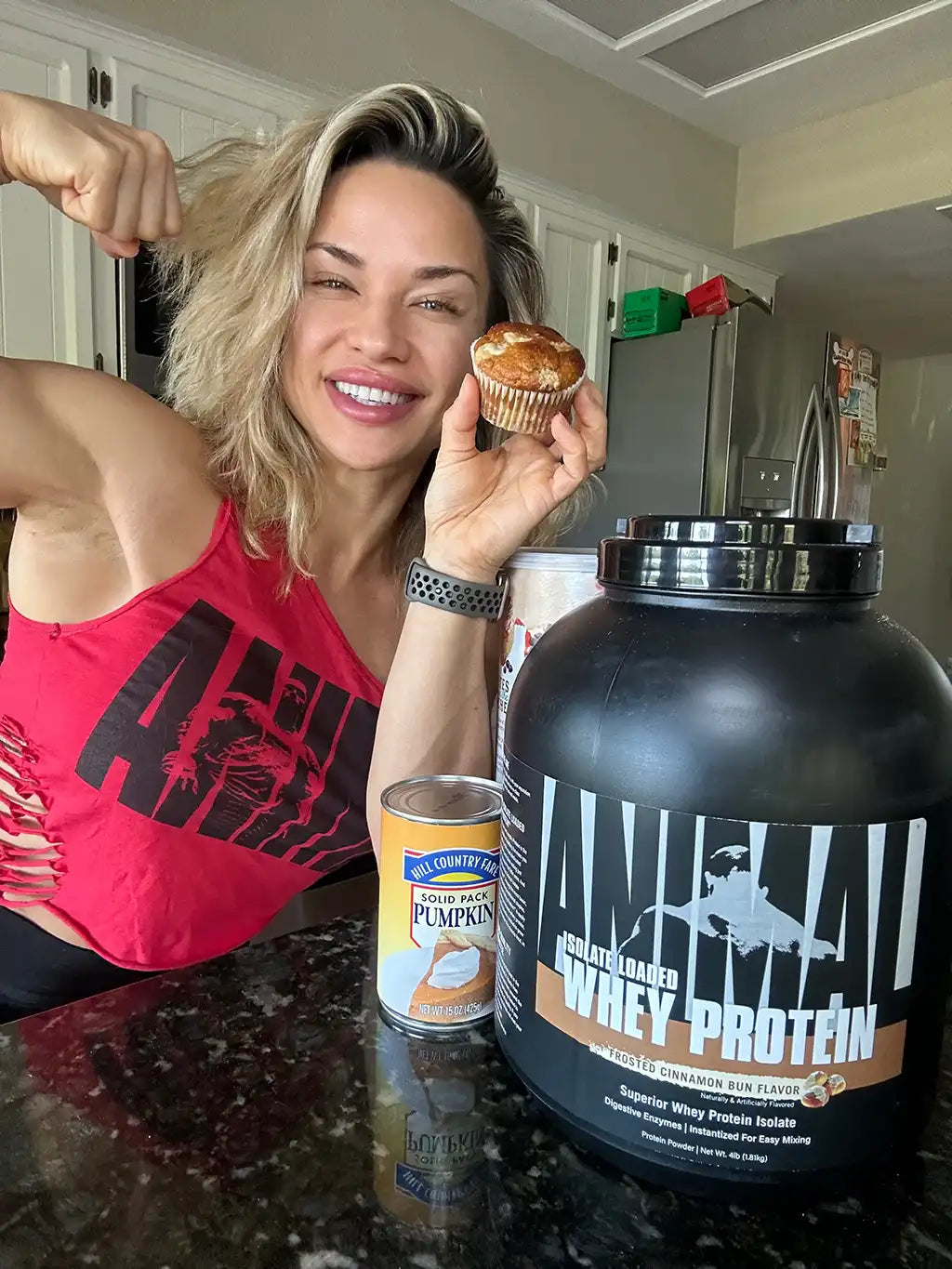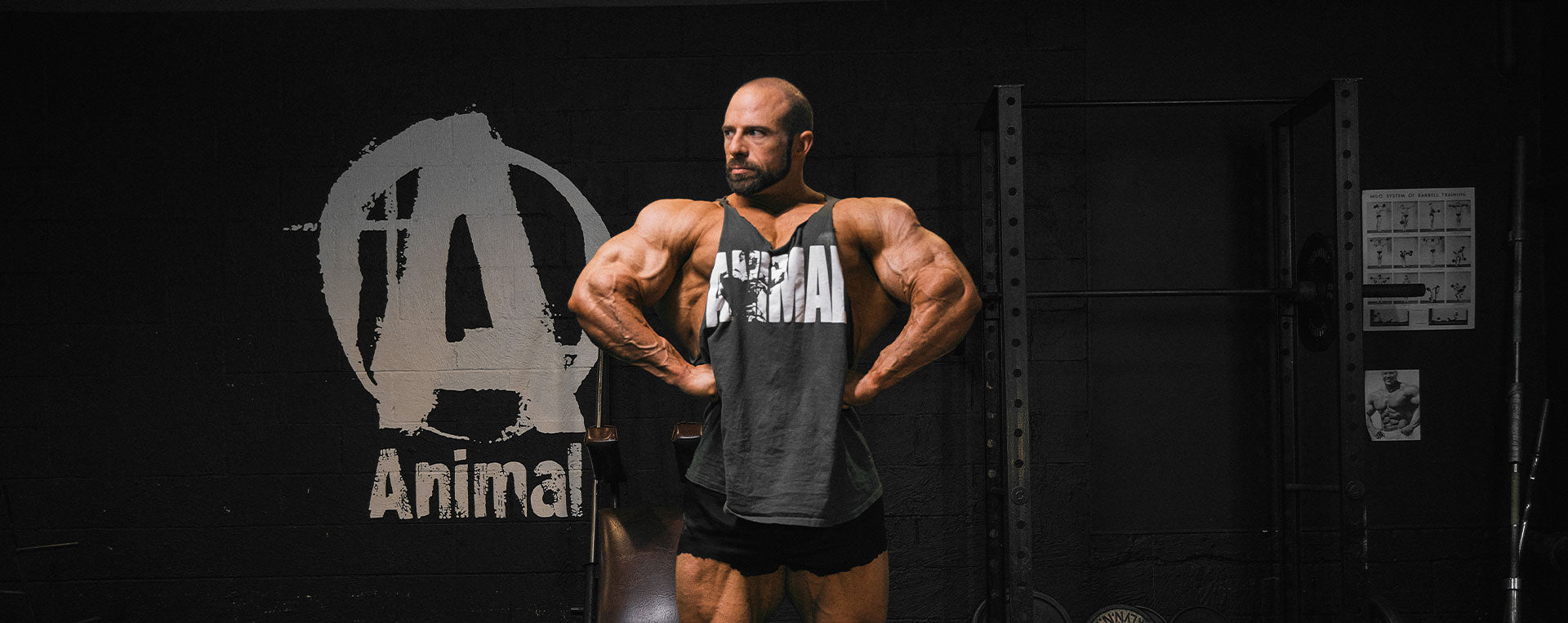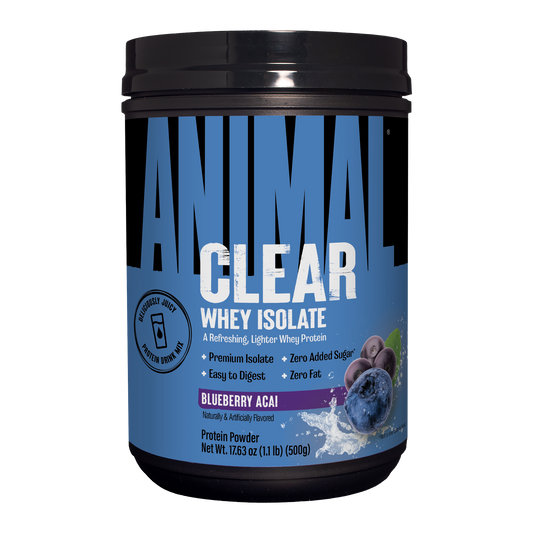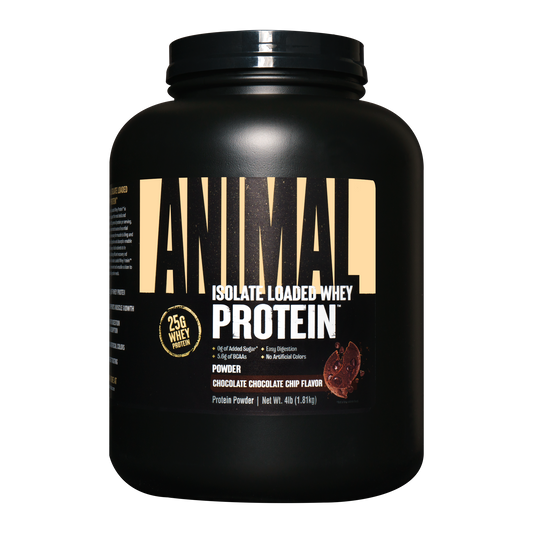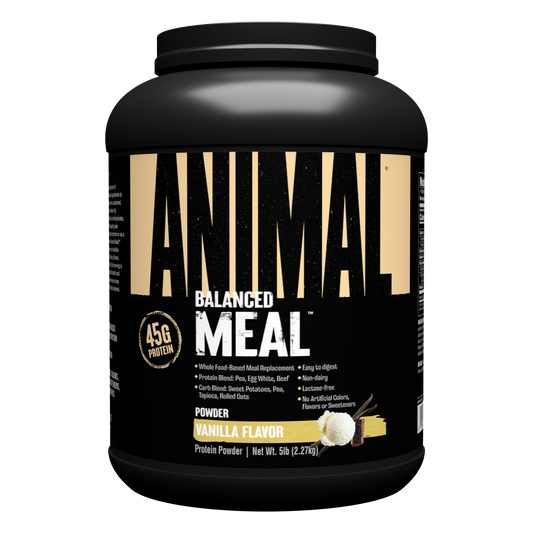For starters, understand that the current goal should be to maintain your progress during this period of food shortages and gym closures. This is clearly not an ideal situation for making progress. It is possible, of course, but we must be realistic. It is better to focus on maintaining rather than set yourself up for disappointment with unrealistic expectations. This process is all about adapting and improvising with your current resources. Under no circumstance should you just give up and throw it all out the window.
Your first step is to determine your availability of food. As a coach for clients across the world, I have seen a number of different situations. One town, state, or country might be full of food while the surrounding areas are picked bare. So just because you do not have a good selection of food in your town, the next town or two over might be a different story so do not give up. I have found that towns with the largest number of grocery stores seem to have the best availability. In contrast, discount grocery stores and club wholesale stores are usually picked clean because that is the first place people go to in a crisis. I personally drive thirty minutes to a town that has five grocery stores and have not had any issue getting the food that I have needed. Take note that cities are a totally different story. A large population in one area will quickly drain the grocery stores since a greater percentage of people in cities dine out. A good tip is to order meats online or find your local butcher. These are two places that people often overlook when it comes to sourcing protein. There are plenty of online butchers that offer many types of meats.
Once you determine the availability of food, you might need to improvise. Protein sources seem to be the first to go, especially chicken, canned tuna, and eggs. Often what is left behind are less-desirable protein sources such as ground turkey, higher fat ground beef, pork, fish, and other various cuts of red meat. These can all be substituted into any diet plan with dietary fat intake adjustments. I’ve listed food categories based on substitution and availability at the end of this article.
Making adjustments to your diet plan given the shortages can be quite easy. Protein seems to be the scarcest macronutrient. Since most strength athletes overconsume protein, we can first lower our protein intake to .8-1g per pound of body weight. If body fat is high, then you might want to use slightly less. Since this drop in protein has created a caloric deficit, we need to make up those calories in carbohydrates. For example, if you’ve dropped 50g of protein, then you need to add an additional 50g of carbs to your daily intake. I choose carbs and not fats because carbs have a protein-sparing effect and a higher thermic effect than fat. Thermic effect of food means the energy it requires to digest, absorb, and dispose of that food. The same goes for carbohydrate source scarcity. If you need to conserve rice, pasta, and breads because they are harder to find, increase fat intake and lower carbs.
The bottom line is that you might not be able to get the same foods and in the quantities you want. With some simple adjustments and substitutions, you can still stay on track. Also please do not worry about losing muscle with a reduction in protein intake. As long as you make up the calories with carbohydrates and continue to stimulate the muscle through some type of resistance training, you will not see muscle loss. It is much easier to maintain muscle than to build it.
We can either panic during this unfortunate time or learn from it. It’s always best to be prepared and have a plan so that you can avoid stress and worry—and ultimately not experience the ramifications of food shortages. Take a look at the accompanying video for additional tips.
STAPLE FOOD: chicken breast
SUBSTITUTE WITH: chicken thighs (dark meat), beef, bison, fish (cod, tilapia, shrimp, scallops), pork, canned tuna
NOTE: Fat content of meat substitutions will vary and dietary fat will need to be adjusted in the meal plan. For example, using red meat instead of chicken will require a drop in dietary fat per day while cod will require a slight increase.
STAPLE FOOD: sirloin
SUBSTITUTE WITH: higher fat cuts of meat such as 80-85% lean ground beef, salmon
NOTE: Fat content of these meat substitutions will vary slightly and dietary fat will need to be adjusted in the meal plan.
STAPLE FOOD: fresh vegetables
SUBSTITUTE WITH: frozen or canned
NOTE: No adjustments required.
STAPLE FOOD: fresh fruit
SUBSTITUTE WITH: frozen or canned
NOTE: No adjustments required outside portion changes to match calorie content from fruit to fruit.
STAPLE FOOD: egg whites
SUBSTITUTE WITH: whey protein
NOTE: No adjustments required outside portion changes to match protein content.











